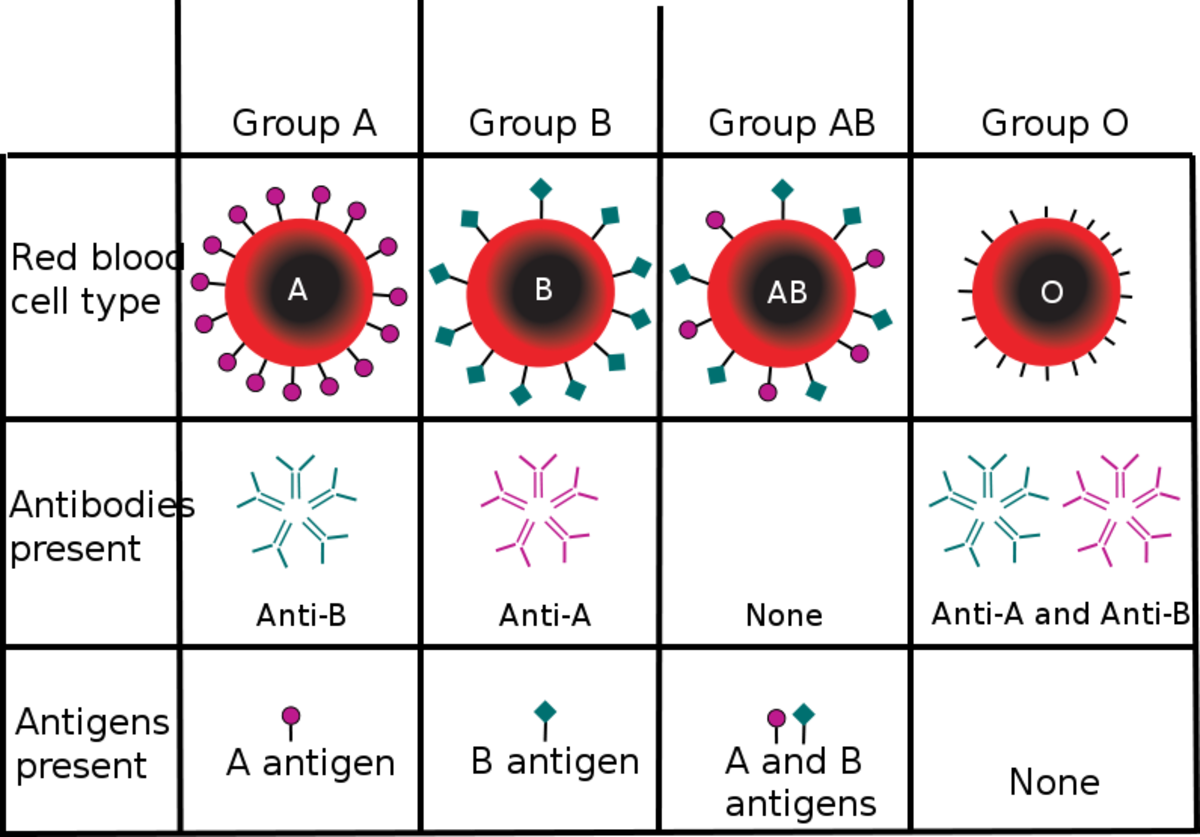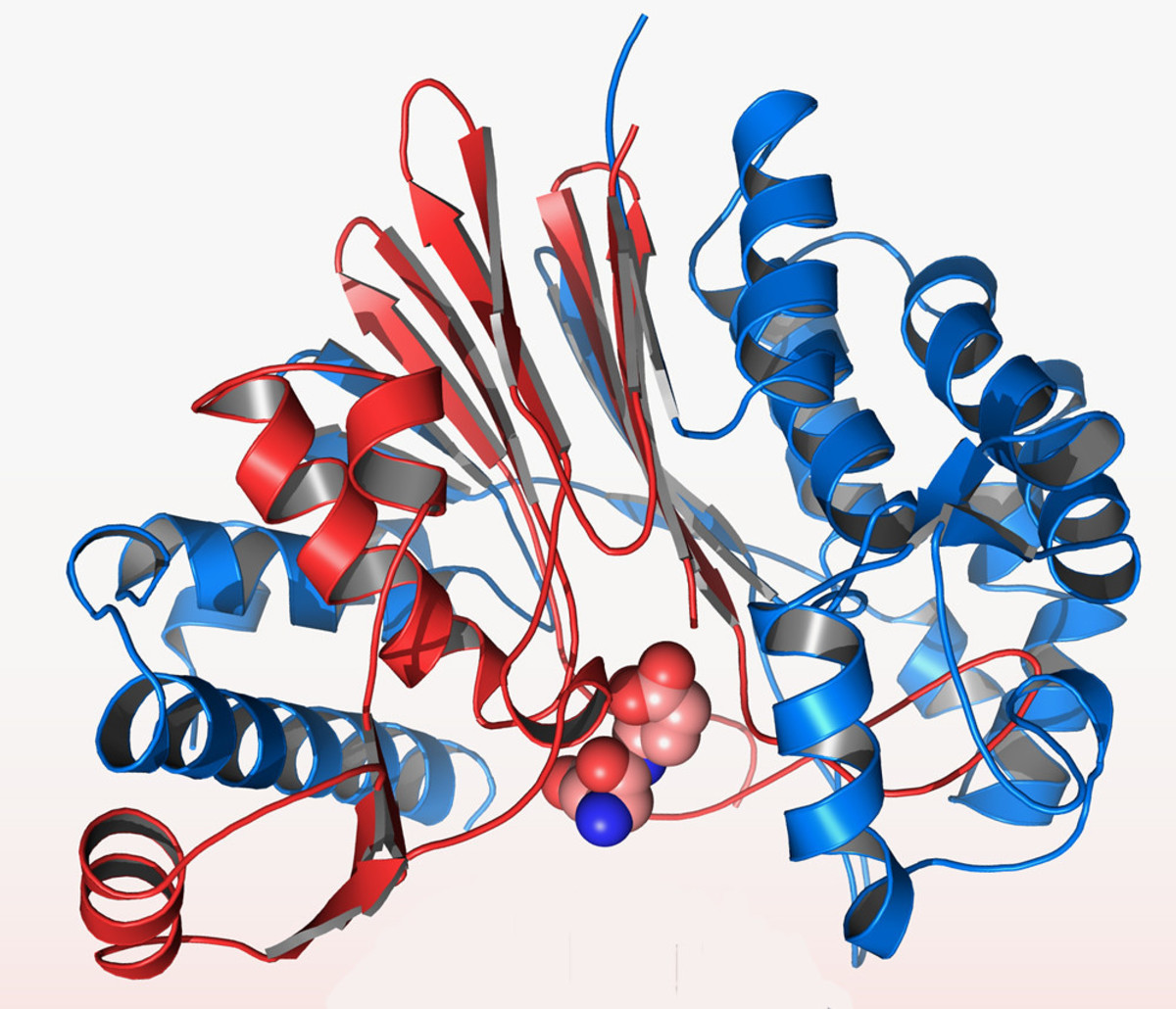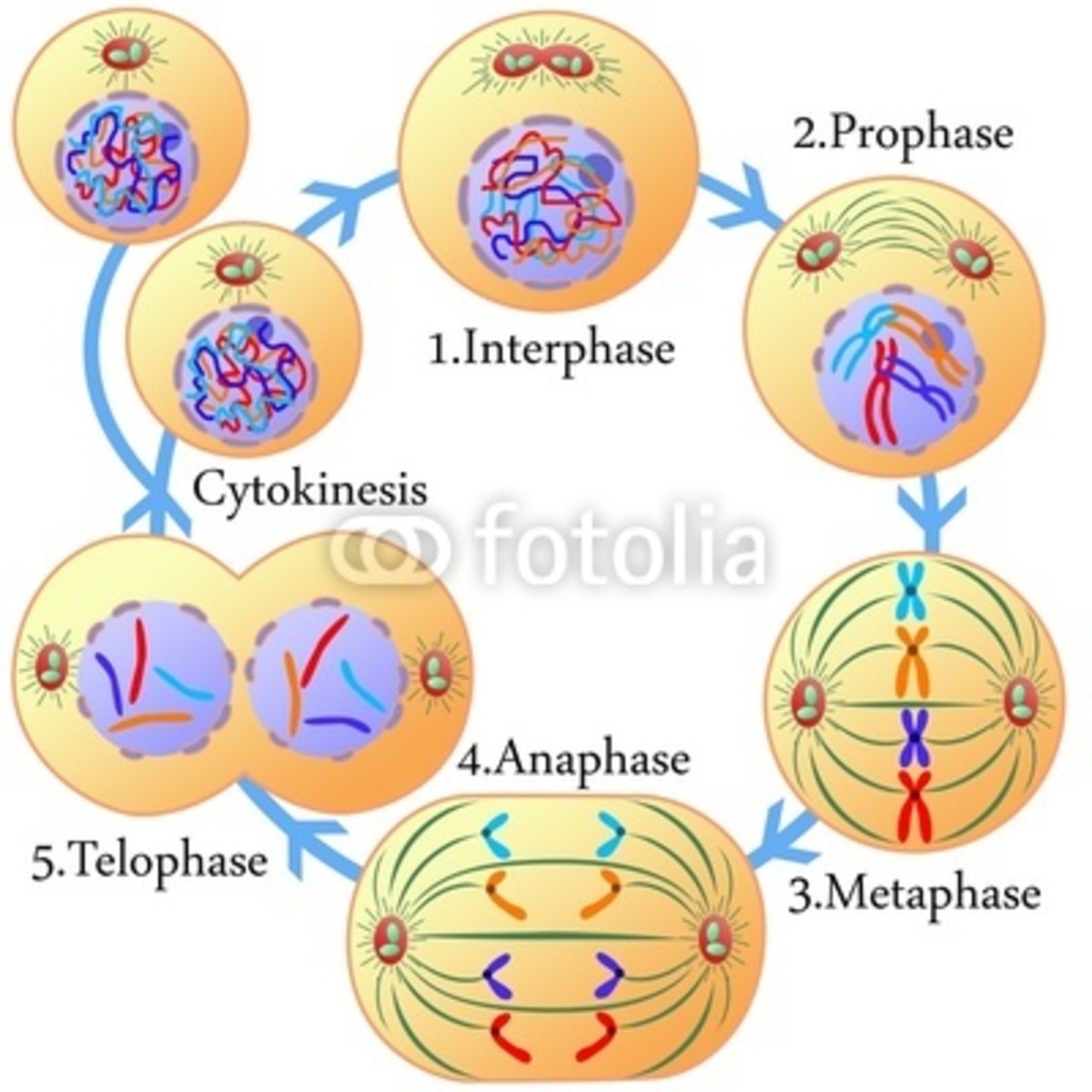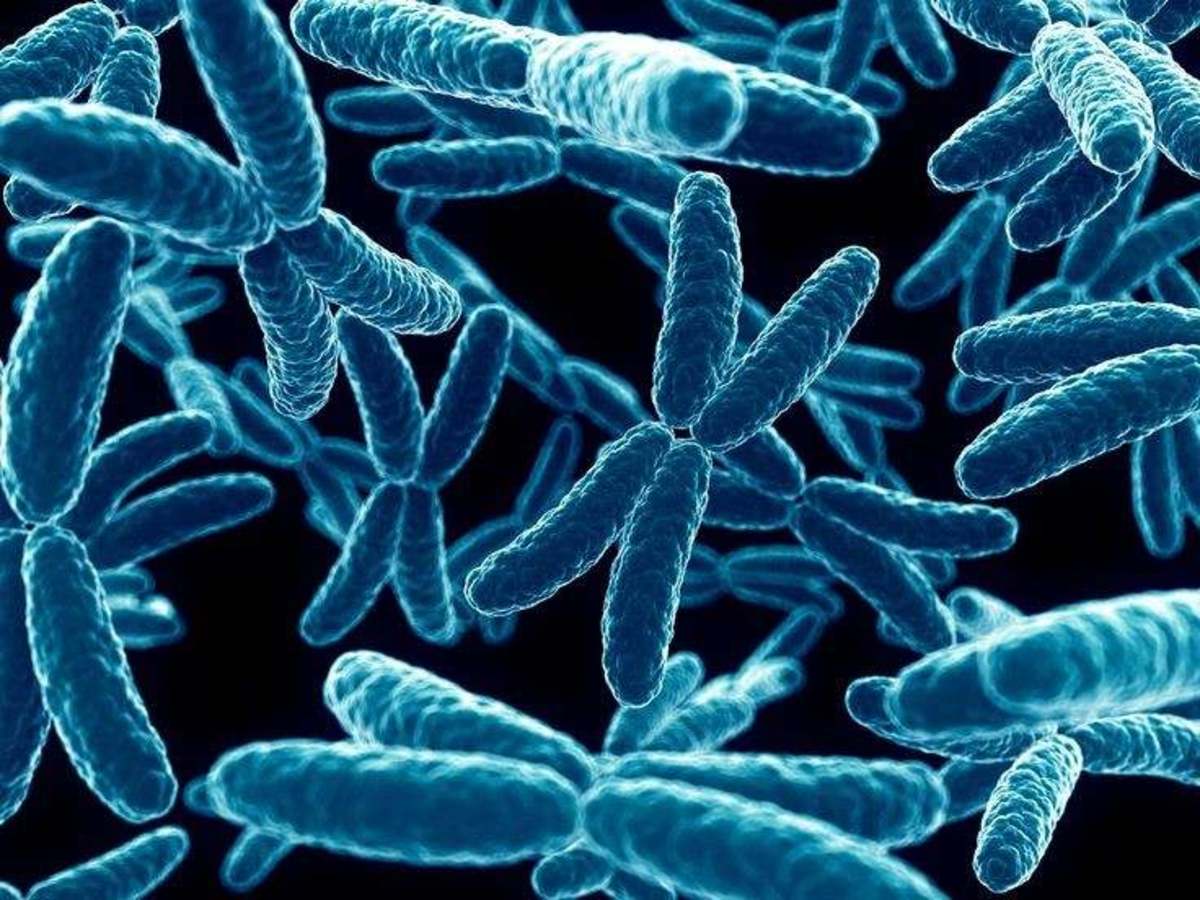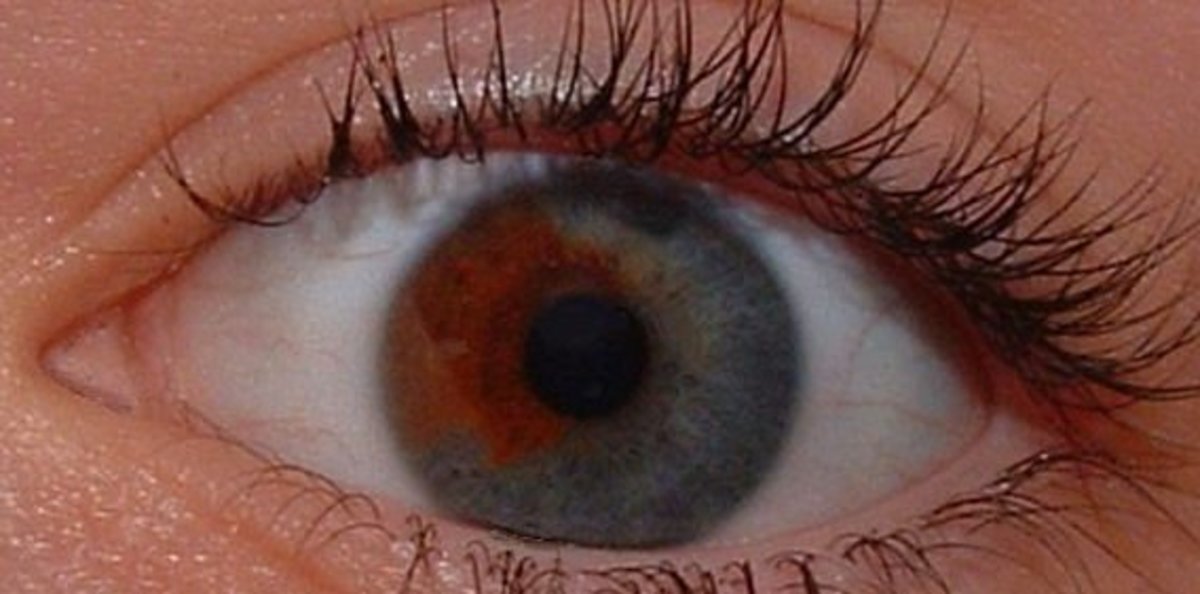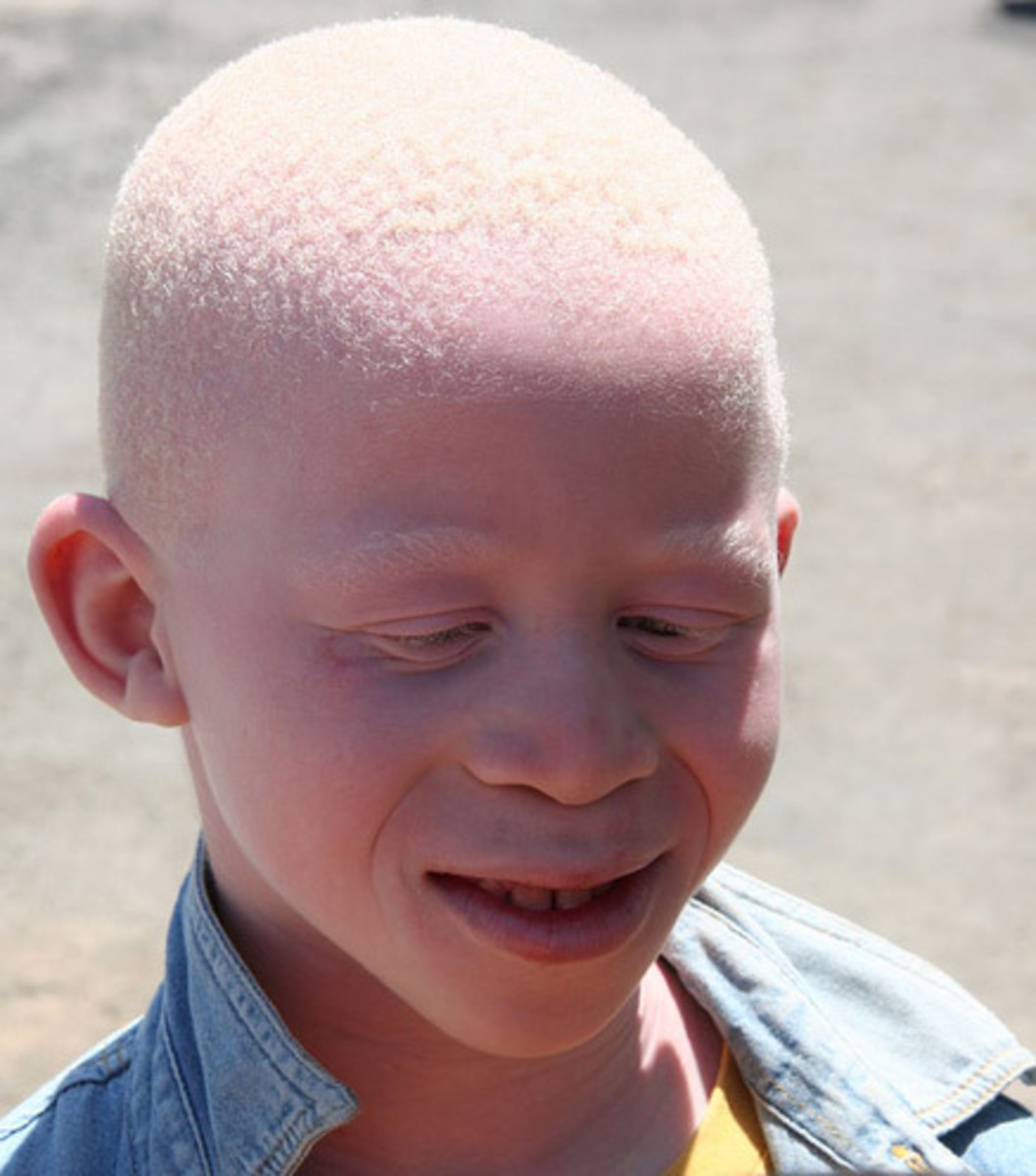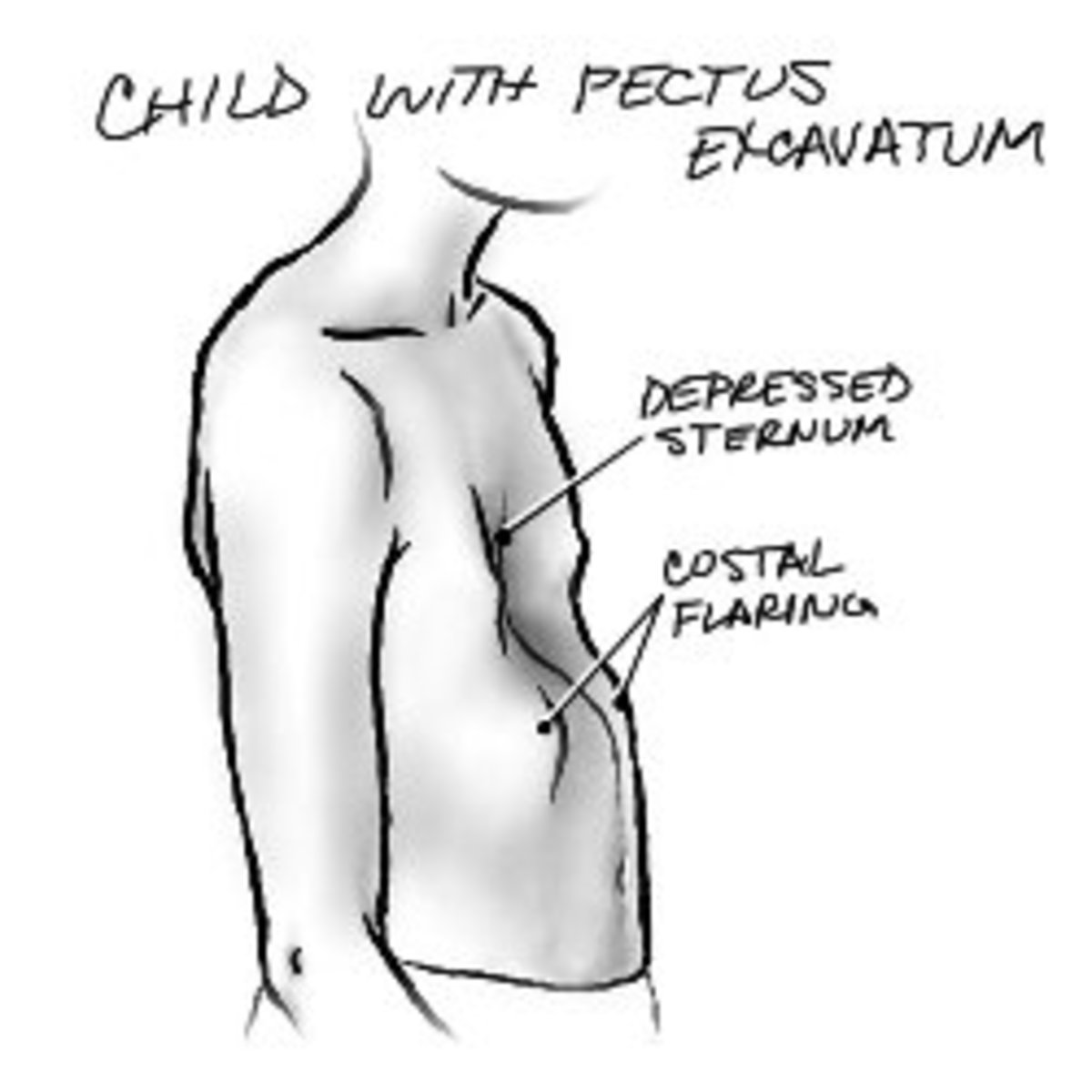Genetics of Organisms
History and Background
The modern study of genetics which is the study of inheritence and of the units of inheritence (genes), began during the mid 1800's.
The first person who experimented with it was Gregor Mendel, an Austrian monastery. He experimented with pea plants to discover how organisms inherit their traits. Mendel grew many generations. Each of the characteristics he observed could express itself in one of the two constrasting traits. One of the characteristics was height. They were either tall or short. the other characteristic was pod color. They were either yellow or green.
Mendel began his observation with purebred peas. Purebred means that the oganism has had the same characteristic for many generations.
He crossed a purebred tall with a purebred short pea plants. The seeds that were produced from this cross were planted next year. They produced what is called the first filial generation. They were hybrid pea plants. The hybrid organism's ancestors were not alike. He continued his experiments by pollinating the hybrid tall plants. They produced the second filial generation. Although all the plants of the F1 generation were tall, only about three fourth of the F2 generation were tall, and the remaining were short.
Mendel carefully considered his data and then constructed a set of theories to explain the data.
The first stated that the characteristics he was studying were controlled by factors. One factor for each characteristic was supplied by pollen and another factor for each characteristic was supplied by the pistil. Thus each offspring had two factor for each chatacteristic. If these factors were the same, the plant was purebred for the characteristic. If they were not the same the plant was hybrid.
Another of Mendel's theories suggested that one trait of each set of characteristics was dominant and the other recessive. When there were two factors for the dominant characteristic the plant had the dominantcharacteristic. When there were two factors for the recessive characteristic the plant had a recessive characteristic. When the plant had one dominant and one recessive factor, the plant had a dominant characteristic. In the case of the pea plants we use ts for factors. For the of tallness we use T and a t for the recessive factor that causes the shortness. The purebred tall pea plants that Mendel started his experiments with will be represented by TT. The purebred short pea plants plant will be represented by tt. When Mendel crossed the tall plant with the short, the pollen and the ovule united and produced a seed containing the factors Tt. The plant that the seed produced was tall, because of the dominant factor. Thus the F1 generation were hybrid tall pea plants. To form the F2 generation, Mendel crossed two hybrid tall plants. When the hybrid tall plants make pollen, the first half of the pollen contained a T factor and the other half the t factor. The same was true when the hybrid tall plants made ovules. When the pollen and the ovules united, the zygotes that were either TT, Tt or tt. From these zygotes grew purebred tall (TT) plants, hybrid tall (Tt) plants and purebred short (tt) plants. In F2 generations these same types of gene combinations (purebred dominant, hybrid, and purebred recessive) formed for the other characteristics Mendel observed in his pea plants.
Present
All living things contain sugar, starches and lipids. These molecules have the same basic structure, no matter where they are found. But this is not true of proteins. Although some of your proteins are almost identical to animal proteins, many of your proteins are very different. In fact proteins are even different from those around you. Hair color, skin color, and many other characteristics are all the result of different proteins.
Because poteins vary among different organisms, scientists believe that inheriting characteristics involve proteins. In fact it appears that living things inherit the ability to make certain proteins. The protein making abilities an organism inherits will determine what characteristics it will have.
Proteins are essential to living things. A protein is made of a chain of amino acids. There are approximately twenty-three different acids found in living things. These amino acids are arranged in chains that range from sixty to hundreds or even thousands of amino acids long. Variations in the arrangement and number of amino acids make up different proteins. The amino acid arrangement in a protein is very important, especially in enzymes. For example, if the sequence of two amino acids are reversed, the protein may not work, or it will produce a slightly different, but workable protein. How does a cell knows which amino acids to line up in order to build the proper proteins? Scientists believe this information is stored in the cell's DNA.
In 1953 after many years of research, James D. Watson and Francis H. C. Crick came up with a model for the structure of deoxyribonucleic acid, called DNA. This model is made up of units called nucleotides. There are four kinds of nucleotides in a DNA. Each nucleotide contains a sugar, a phosphate and a base. There are four bases: adenine, thymine, cytosine and guanine. The bases are always pair up so that if the adenine is one side, thymine is on the other, and if cytosine is on one side, guanine is on the other.
Genes are sections of DNA. In many ways genes in cells are similar to blueprints kept in a factory. The blueprints contains the information needed to build and maintain the various structures of the factory. Genes contain the information needed to build the chemicals by the cell as well as those that make up the cell. Also blueprints are stored in filing cabinets in a filial room. The genes of a cell are usually, stored in the chromosomes, which are kept in the nucleus. When the cell needs to build a particular structure, it makes a copy of the gene's information. After that the cell uses this information to build the needed structure. Gene duplication is especially important during mitosis. Before the cell divides it makes a copy of its every single genes. So this way the new cell will have a complete set of genes. Then it will, using the information, will use its own structure.
The DNA also duplicates or copies itself. To do this, it first breakes into two halves. Inside each cell there are free nucleotides. These free nucleotides can line up with the half-DNAs. Of course each of them will join up only with their proper pairing partners. So each half-DNA will have a new corresponding side. This causes two completely identical DNA molecules. This whole process is called replication.
The DNA contains its genetic information in a code. That code is the sequence of the four bases. When they are decoded these bases cause a specific protein to be made in the cell. When a cell needs a particular protein, the DNA code for the protein (the gene for that protein) makes ribonucleic acid which is known as RNA. Although RNA is a nucleic acid, like DNA, the RNA differs from DNA in two ways. First it is made up of only one chain of nucleotides. The other difference is that thymine is replaced by uracil.
To form a RNA, a short section of a DNA becomes unzipped. The nucleotides that line up along the unzipped DNA, unlike the DNAs, they do not remain attached to the DNA. Instead they separate from the DNA. This separated chain of nucleotides is the RNA molecule. Because it contains a copy of the DNA's coded massage, it is the messenger-RNA. Once a RNA has been made the two sides of the DNA can be joined back. This process of making a messenger RNA is called transcription. During transcription a "working copy" of the DNA's code is made.
After the messenger RNA is made in the nucleus, it carries a working copy of the DNA's coded message to a ribosome in the cytoplasm. The ribosome is responsible for reading and for making the protein. In it there are the catalist necessary to put amino acids together to make proteins. The manufacturing of proteins inside a cell is called protein synthesis. In the cytoplasm there is another type of RNA called transfer RNA. Within a cell there is over twenty different kinds of transfer RNA, each with a different base sequence. Each kind of transfer RNA is responsible for attaching to specific amino acids in the cytoplasm. Once attached it transfers the amino acid to the protein being formed by the ribosome. Scientists believe that as the ribosome moves along the messenger RNA, it reads three bases of the messenger RNA code at a time. When a transfer RNA molecule passes near the ribosome, it tries to line up its bases with the three bases at the messenger RNA in the ribosome. Eventually the transfer RNA with the matching three-base sequence lines up with the messenger RNA. When these two RNAs line up, the RNA attached to the transfer RNA is put into the proper place to become part of the amino acid being made.
in other words, a protein contains at least one chain of amino acids. DNAs determines what proteins each cell can make, it is through their unusual properties that genetic traits pass on from generation to generation.
Genes are arranged on chromosomes and chromosomes are located in the nucleus of the cell. But all chromosomes have not made up the same number of genes. The chromosome number of different organisms can vary greatly. For example a human cell has fourty-six chromosomes (twenty-three pairs). But within the cells of a particular multicellular organism, the chromosome number is usually the same.
Chromosomes occur in pairs. Each member of a pair of chromosomes has the same kind of gene. Since they are made up of genes, one of each type of gene comes from the father and one from the mother. Simple dominant and recessive inheritence controls some traits, but it has many variations. One of them is incomplete dominance. In it two traits combine or blend together to produce a different trait. There is nor dominant trait, nor recessive. Instead both have the same influence within the organism.
An other variation of the simple dominant, recessive inhertance is multiple gene inheritence. In it more than two genes are responsible for producing a single trait. For example scientists believe that human hair color may be controlled by as many as twelve different pairs of genes. This helps to explain why there are so many different human hair color. Skin color, height, intelligence, body built and many other characteristics in humans are believed to be controlled by multiple gene inheritence.
All humans have twenty-three pairs of chromosomes. Although chromosome pair is reponsible for certain function, it is the twenty-third that determines the sex of an individual. In a female the sex chromosomes are two X chromosomes. Males have one Y and one X chromosome. The Y chromosomes considerably smaller than the X chromosomes and of course has a different gene. Some inherited characteristic have genes located on the sex chromosomes. A sex-linked trait is an inherited characteristic that has a gene on the X chromosome, but no corresponding gene on the Y chromosome.
This information should remind you of Mendel's discovery of factors. Today we call Mendel's factors genes.
Mutations
When a cell has a sudden change in its genetic material a mutation has taken place. They can happen at any time and occur by change in random genes. However genes are very stable. Normally a cell can divide from thousands or millions of times before one mutation takes place. Mutations are generally considered harmful, although some cause very little change. Many mutations, however, are more harmful. Many mutations cause death. These kind of mutations are called lethal mutations. Many lethal mutations cause the organism to die before it is born, while others kill it after it is born. We can compare the different effects of mutations by considering what would happen if a screw from the case alarm clock fell into the clock's mechanism. The screw may fall to the bottom without harming the clock (unnoticeable mutation). The screw may land within the alarm, preventing the clock from sounding or it may land within the timing mechanism, causing the clock to run too quickly or too slowly (harmful mutation). However, it is more likely that the screw will affect the mayor works of the clock, stopping it altogether (lethal mutation).
One of the types of mutations is gene mutation. Many human genetic disorders are believed to be examples of gene mutations. A gene mutation occurs when there are changes in the sequence. When a cell uses a mutated gene to make messenger RNA, the RNA will have the wrong code. If the incorrect protein has only one or two amino acids out of place, the mutation is often minor. These proteins will probably work, though not as well as they should. Sometimes gene mutations do not affect the organism at all. If it occurs in a gene the cell does not use, the mutation will not affect the cell.
Mutations that occur in the body cells are called somatic mutation. These kind of mutations are not passed on the next generations. Mutations that occurs in gamete forming cell are germ mutation. A germ mutation may not affect the organism that has it, but could affect its offsprings. If an organism develops from a mutated gamete forming cell, each of the offspring's cells will receive the mutated gene. Fortunately most gene mutations are recessive and since most organisms have two of every gene, it will probably appear normal. However after a number of generations, it is possible that two gametes with this mutation will unite. The organism that results will have two mutated and therefore will express the mutant characteristic.
The other very important kind of mutation is chromosomal mutation. It is a mutation involving the number of chromosomes, or the number arrangement of genes on a chromosome.
Unlike gene mutations it doesn't involve the making of new proteins, but it may cause the organism to have some different characteristics. When a cell has a mutation that changes the number of chromosomes or the number of genes on a chromosome, the cell receives too many or too few gene. As with gene mutation, a chromosomal mutation may be a somatic mutation or a germ mutation. A somatic chromosomal mutation may have little effect on the organism and will not be passed on to the offspring. A germ chromosomal mutation affect the entire organism that grows from the mutated gamete.
Use of Genetics
In the past
ten years man's
knowledge of genetics
has increased remarkably. Today
scientists are even
working with individual
genes. The use of special
techniques to control
the genetic made-up
of an offspring
is called genetic
engineering. One area
of genetic engineering involves
isolating individual genes
and transferring them
to other cells.
Scientists have used this
technique to put
a gene for
a human hormone
inside a bacterium. Eventually
the bacteria divides
and forms a
colony of hormone-producing cell.
After the colony
becomes large enough,
scientists kill the bacteria
and remove the
hormone. This process
can help supply
certain necessary hormones for
people who cannot
produce enough for
themselves. Genetic
engineering can be
very beneficial. In
time it may be
possible to "select
and design" genes
for organisms. Genetic
engineering, however, could create
more serious problems.
For example, if
the scientist made a
small mistake while
working with a
virus, he might
create a disease organism
that could destroy
many living things.
Before genetic engineering processes
much further, people
need to decide if
genetic engineering truly worth
the risk.


